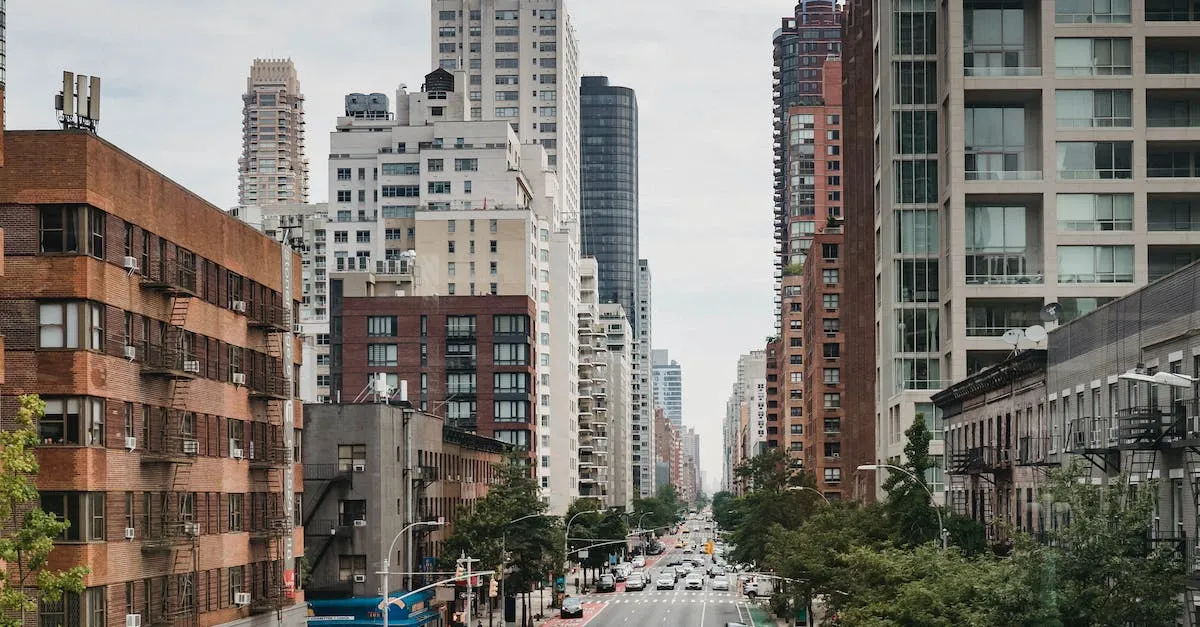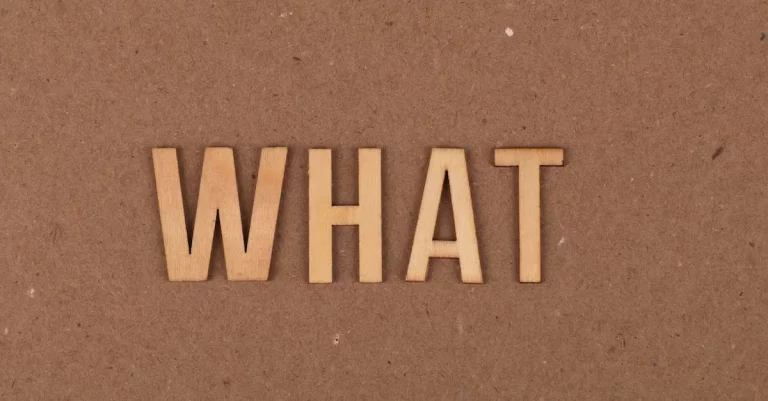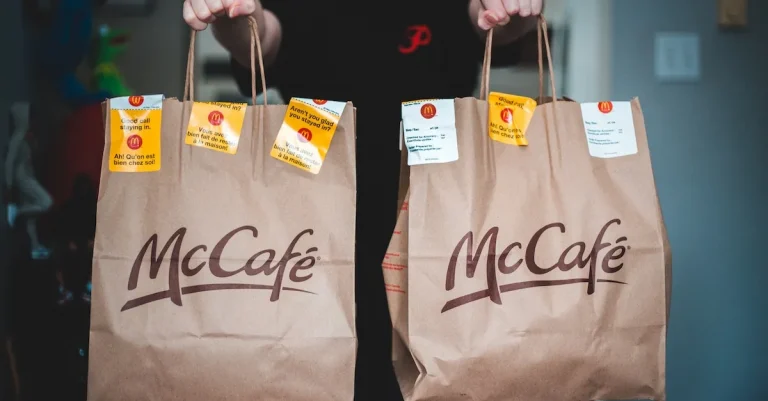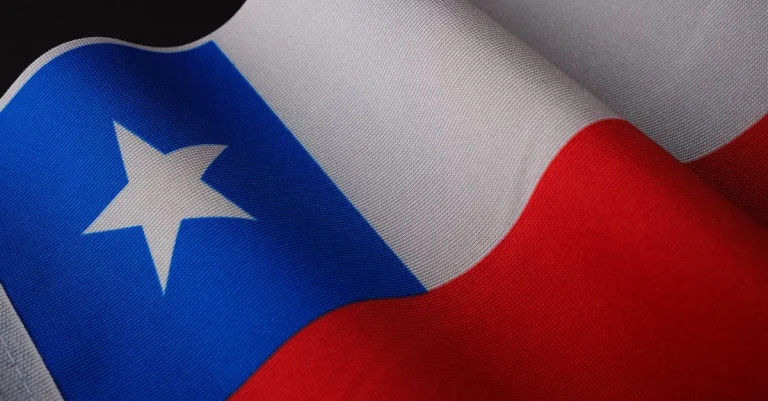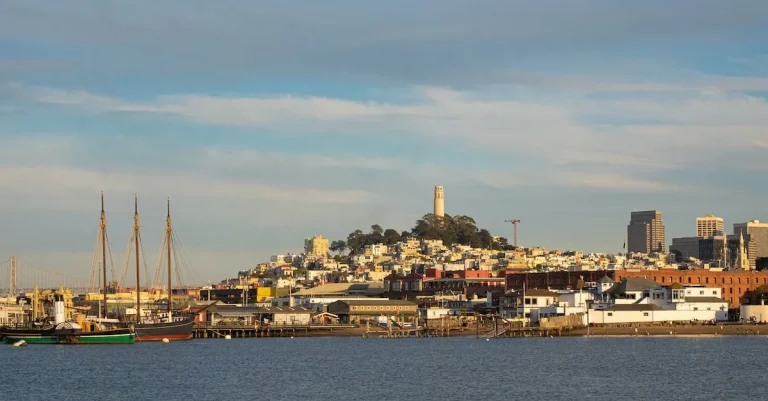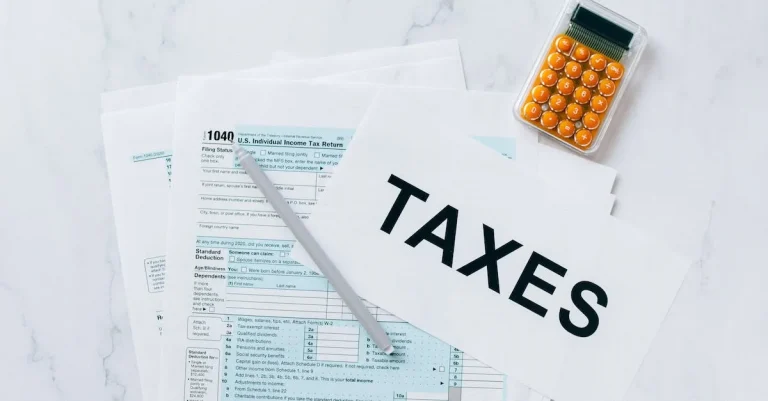A Comprehensive Guide To New York Area Codes
Whether you’re a lifelong New Yorker or new to the area, knowing the ins and outs of area codes can help you stay connected. If you’ve ever wondered ‘what is the New York area code?’ you’ve come to the right place.
If you’re short on time, here’s a quick answer to your question: The main area codes for New York City are 212, 347, 646, and 917. The wider New York metropolitan area also uses area codes 718, 516, 914, and more.
In this comprehensive guide, we’ll explore the history and geography of New York area codes. You’ll learn about when different area codes were introduced, which cover the five boroughs, and how overlay codes expanded capacity for more phone numbers.
A Brief History of Area Codes in New York
Area codes are an integral part of our telephone system, allowing us to connect with people in different regions. In New York, the history of area codes is intriguing, with changes and additions over the years to accommodate the growing population and technological advancements.
The Original 212 Area Code
Back in the day, New York City had only one area code – 212. This iconic area code, known for its association with the bustling streets of Manhattan, was introduced in 1947 as part of the North American Numbering Plan (NANP).
It covered the entire city, including the five boroughs – Manhattan, Brooklyn, Queens, The Bronx, and Staten Island.
Having a 212 area code was considered prestigious, as it indicated that you were located in the heart of the city. It became synonymous with businesses, high-end establishments, and the fast-paced lifestyle of New York City.
New Codes Emerge in the 1980s and 90s
As the population of New York grew and the demand for telephone numbers increased, the need for additional area codes became evident. In 1984, the 718 area code was introduced to serve the boroughs outside of Manhattan – Brooklyn, Queens, Staten Island, and The Bronx.
This allowed for more telephone numbers to be assigned to these areas.
Another significant change occurred in 1999 when the 917 area code was introduced. This new code was assigned to cellular phones in New York City, providing a separate code specifically for mobile devices.
With the rise of cell phone usage, this addition was necessary to meet the growing demand for mobile phone numbers.
Overlay Codes Introduced in the 2000s
As the population continued to grow and the demand for phone numbers persisted, overlay codes were introduced to avoid the need for geographical splits. In 2000, the 347 area code was introduced as an overlay for the 718 area code.
This meant that new phone numbers in Brooklyn, Queens, Staten Island, and The Bronx could be assigned either 718 or 347 area codes.
A similar overlay occurred in 2011, when the 929 area code was introduced as an overlay for the 718 and 347 area codes. This allowed for even more phone numbers to be assigned without disrupting existing customers.
It’s important to note that area codes do not affect the cost of phone calls within the same area code. They primarily serve as a way to allocate phone numbers and manage the growing population’s demand for telephone services.
For more information about New York area codes and their specific geographic regions, you can visit the official website of the North American Numbering Plan Administration (NANPA).
New York City Area Codes
212 – Manhattan
The area code 212 is synonymous with Manhattan, the heart of New York City. It has become an iconic symbol of the city, often associated with the bustling streets of Times Square and the towering skyscrapers of Wall Street.
Originally, 212 was the only area code assigned to the entire city, but as the population grew and the demand for telephone numbers increased, additional area codes were introduced.
718 – The Bronx, Brooklyn, Queens, Staten Island
The area code 718 covers a vast area, including the four other boroughs of New York City – The Bronx, Brooklyn, Queens, and Staten Island. It is a diverse area that encompasses bustling neighborhoods, cultural landmarks, and iconic attractions.
If you are calling someone in any of these boroughs, you will most likely be dialing a number with the 718 area code.
347, 646 – Citywide Overlay Codes
Due to the high demand for phone numbers in New York City, two overlay area codes were introduced – 347 and 646. These overlay codes cover the same geographical area as 212 and 718, essentially creating more phone number options for residents and businesses.
If you come across a phone number with either of these area codes, you can be sure it belongs to someone in the city.
917 – Cell Phones and Overlay Code
The area code 917 is primarily associated with cell phones in New York City. It is often used by individuals who want a phone number that represents their connection to the city. Additionally, 917 is also used as an overlay code for the existing 212 area code, providing more phone number options for those in Manhattan.
For more information on New York City area codes, you can visit the North American Numbering Plan Administration (NANPA) website. NANPA is the official authority responsible for assigning and managing area codes in the United States.
Area Codes in the Wider Metro Region
The New York Metro area is known for its vast network of area codes, each serving specific counties and regions. Understanding these area codes can be helpful for both residents and visitors alike. In this comprehensive guide, we will explore the various area codes in the wider metro region, including Nassau County, Westchester County, Rockland County, Hudson Valley Counties, and Southwestern Connecticut.
516 – Nassau County
Area code 516 is primarily associated with Nassau County, located on Long Island in New York. It covers cities such as Hempstead, Long Beach, and Great Neck. With its unique blend of suburban neighborhoods, beautiful beaches, and bustling commercial areas, Nassau County is a popular destination for both residents and tourists.
Whether you’re looking to explore the famous Jones Beach State Park or indulge in some retail therapy at Roosevelt Field Mall, area code 516 has you covered.
914 – Westchester County, Rockland County
If you find yourself dialing a number with the area code 914, you’re most likely connecting with someone in either Westchester County or Rockland County. Westchester County, often referred to as the “Golden Apple,” is home to vibrant cities like White Plains, Yonkers, and New Rochelle.
Known for its rich history, picturesque landscapes, and thriving arts scene, Westchester County offers a diverse range of attractions, including the Kykuit Rockefeller Estate and the Hudson River Museum.
Rockland County, situated just north of Westchester, also falls under area code 914. With its charming villages, scenic parks, and proximity to the Hudson River, Rockland County offers a tranquil escape from the city.
Visitors can explore the beautiful Nyack waterfront, hike through Bear Mountain State Park, or marvel at the historical landmarks in the quaint village of Piermont.
845 – Hudson Valley Counties
Area code 845 covers the Hudson Valley region, encompassing several counties including Orange, Ulster, Dutchess, and Sullivan. This picturesque area is renowned for its breathtaking landscapes, charming towns, and thriving agricultural scene.
From exploring the historic sites in New Paltz to savoring the exquisite wines in the vineyards of the Hudson Valley Wine Country, there is something for everyone in this scenic part of New York.
203 – Southwestern Connecticut
While not directly part of New York, the area code 203 is worth mentioning as it serves the southwestern region of Connecticut, which borders the New York Metro area. Cities like Stamford, Bridgeport, and Norwalk fall under this area code.
With its proximity to New York City and its own unique attractions, Southwestern Connecticut offers a perfect blend of suburban charm and urban convenience. Visitors can enjoy the stunning views along the Long Island Sound, explore the vibrant downtown areas, or immerse themselves in the rich cultural heritage of the region.
For more information on area codes and their specific locations, you can visit the All Area Codes website, which provides a comprehensive directory of area codes across the United States.
How Area Codes Help Manage Growing Demand
As the population in New York continues to grow, managing the increasing demand for telephone numbers becomes a challenge. Area codes play a crucial role in this process by providing a way to organize and distribute phone numbers effectively.
By understanding how area codes work and the strategies behind their implementation, it becomes easier to comprehend how they help manage the growing demand.
Splitting vs Overlay
When the demand for phone numbers exceeds the capacity of an area code, two common strategies are used: splitting and overlay. Splitting involves dividing the existing area code into two or more separate codes.
This method requires existing phone numbers to be reassigned to the new codes, which can be a complex and time-consuming process. On the other hand, overlay involves assigning a new area code to the same geographic area without reassigning existing numbers.
This allows new phone numbers to be assigned with the new area code while maintaining existing numbers with the old code.
Did you know? The first area code in New York City, 212, was introduced in 1947 and covered the entire city. As the city grew, it became necessary to introduce new area codes to accommodate the increasing demand for telephone numbers.
Geographic Organization
New York area codes are organized geographically to ensure efficient allocation of phone numbers. Different areas within the state are assigned specific area codes, making it easier for residents and businesses to identify the location of a phone number.
For example, Manhattan is primarily covered by area codes 212, 646, and 917, while Brooklyn is covered by area codes 718, 347, and 929. This geographic organization helps streamline communication and provides a sense of locality to phone numbers.
Fun fact: The iconic 212 area code has gained a certain level of prestige, with some considering it a symbol of New York City’s prestige and exclusivity.
Predicting Future Needs
Managing the growing demand for phone numbers involves accurately predicting future needs. This requires analyzing population trends, business growth, and technological advancements to anticipate the need for additional area codes.
By staying ahead of the demand, telecom companies can ensure a seamless transition for both existing and new customers. Predicting future needs also allows for strategic planning, such as implementing overlays instead of splits, to minimize disruption and optimize resource allocation.
For more information on New York area codes and their management, you can visit the North American Numbering Plan Administration (NANPA) website. NANPA is responsible for the administration and coordination of area codes in North America.
Conclusion
We’ve covered a lot of ground on the origins and purposes of New York area codes. Whether you’re adjusting to a new phone number or just curious about the local history, understanding area codes can help you navigate connections in the Big Apple and beyond.
With so many people and businesses needing phone and fax numbers, area codes bring order to the growing demand. The evolution of codes like 212, 718, and 917 traces the development of America’s largest metropolis over decades.
So next time you’re signing up for phone service, checking an unknown caller ID, or filling out paperwork, feel confident knowing the context behind those three digits. Now you’re in the know when it comes to New York area codes!

